THREE PASSES TREK IN NEPAL: Tips & Itinerary
Discover the Three Passes Trek in Nepal: an epic journey through Everest Base Camp, Cho La Pass, and Gokyo Valley, offering breathtaking landscapes.
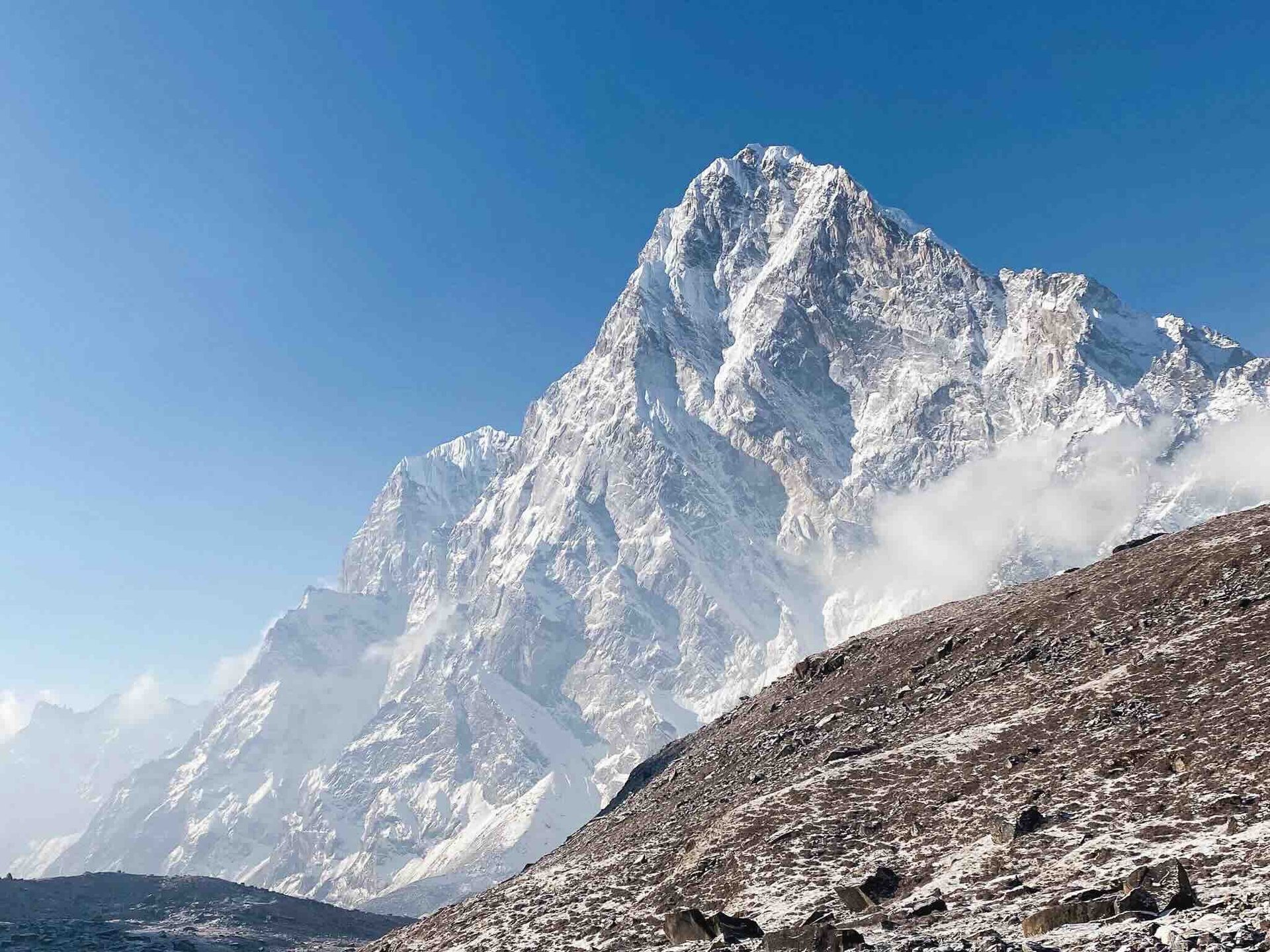
Three Passes Trek in Nepal:
Routes, Tips, and Experiences
The Three Passes Trek in Nepal is a challenging and unforgettable adventure that takes you through some of the country's most breathtaking landscapes, including the famous Everest Base Camp, Cho La Pass, and the Gokyo Valley. Whether you're an experienced trekker or a determined beginner, this guide is designed to help you navigate the Everest region with confidence.
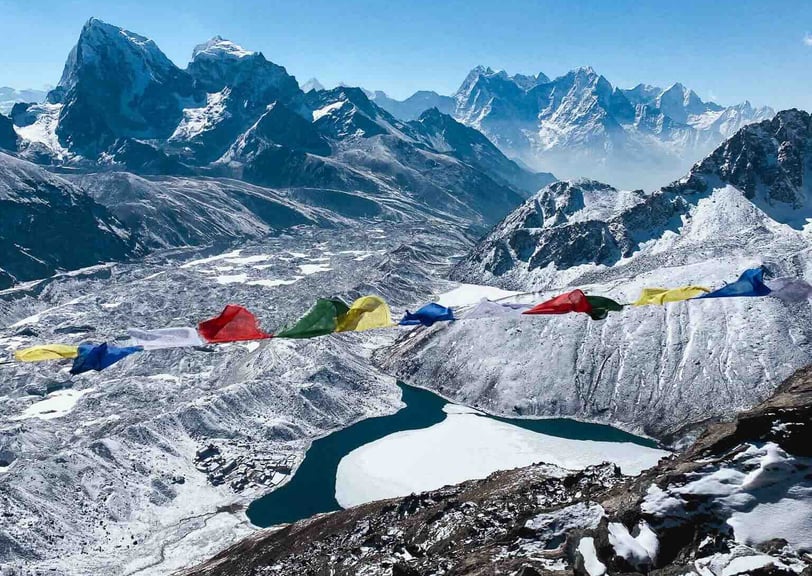

Best Season for the Three Passes Trek
The ideal times to embark on the Three Passes Trek are in spring (March to May) and autumn (September to November) when the weather conditions are most favorable.
Duration of the Three Passes Trek
The trek typically takes 14 to 17 days, depending on your fitness level and pace. Several acclimatization days are crucial at various points to help you adjust to the altitude and prevent altitude sickness.
Namche Bazaar (3,440m) – A minimum of two acclimatization days is recommended here. It’s also the best place to stock up on supplies before prices increase. We spent one night in Namche Bazaar and another in Khumjung (3,790m) to vary the rest locations while making some progress.
Dingboche (4,350m) – Another two acclimatization days are recommended. We did a side trek to Nangkartshang Peak (5,040m) and could feel the altitude, experiencing shortness of breath and mild headaches.
Acclimatization is essential and should not be underestimated to avoid altitude-related complications.
Detailed Itinerary of the Three Passes Trek
In my case, flying to Lukla was not an option due to unfavorable weather conditions. Instead, we had to take a two-step jeep journey from Ramechhap and started the trek from Puyia rather than Lukla.
Trek Stages
From Ramechhap to Puyia – Overnight in Phaplu, followed by a hike to Surke on the second day.
From Surke to Monjo – Entering Sagarmatha National Park.
From Monjo to Namche Bazaar – The first challenging ascent of the trek.
From Namche to Khumjung – Acclimatization and cultural exploration.
From Khumjung to Pangboche – Stunning views of Ama Dablam.
From Pangboche to Dingboche – Passing through Shomare and Orsho.
Acclimatization day in Dingboche – Hike to Nangkartshang Peak (5040 m).
From Dingboche to Lobuche – Following the famous route to Everest Base Camp.
From Lobuche to Gorakshep, then a visit to Everest Base Camp.
Ascent of Kala Patthar (5550 m), then return to Lobuche – Panoramic view of Everest.
From Lobuche to Dzongla via Cho La Pass (5420 m) – A technical glacier crossing.
From Dzongla to Gokyo via Dragnag – Crossing the Ngozumpa Glacier.
From Gokyo to Dole via Machermo – A final look at the Gokyo Lakes.
From Dole to Namche – Gradual descent through rhododendron forests.
From Namche to Monjo – Returning to lower altitudes.
From Monjo to Lukla – The final stretch before departure.
This route offers a perfect balance of challenge, acclimatization, and breathtaking landscapes, ensuring full immersion in the Khumbu region.
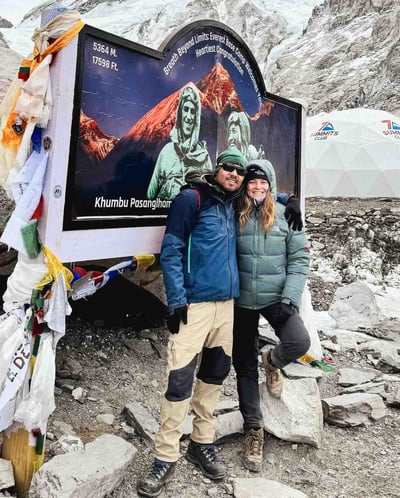

Essential Gear and Preparation for the Three Passes Trek
Kathmandu has many shops where you can find all the necessary trekking equipment at lower prices. You can either buy everything upon arrival or bring your own gear.
Essential Packing List:
Thermal clothing for cold evenings.
One or more lightweight hiking pants and multiple long-sleeve shirts.
A fleece jacket.
A Gore-Tex jacket and a -20°C down jacket.
Hiking socks and a warmer pair for the evenings.
Hiking boots (preferably high-cut), crampons, and gaiters.
A sleeping bag rated for temperatures down to -20°C.
Trekking poles.
A hat, beanie, and neck gaiter.
Light gloves and insulated gloves.
Sunglasses.
A microfiber towel.
Talcum powder (useful for absorbing foot sweat or as a dry shampoo – I only had three showers in 16 days, and this was a lifesaver!).
Wet wipes or a washcloth.
A high-quality backpack with a rain cover.
A water bottle with purification tablets and/or a filtered water bottle.
A power bank (solar panels are even better for recharging electronics).
A headlamp.
A first-aid kit (painkillers, antispasmodics, anti-nausea meds, Imodium, bandages, Diamox, etc.).
Magnesium sachets for hydration.
Instant coffee, tea bags, and snacks—bringing your own can help save money at higher altitudes, where prices increase with elevation. Plus, trust me, a Snickers at 5,000m doesn’t taste the same as one eaten in France!
It is possible to rent equipment in Kathmandu. I personally rented a -20°C sleeping bag (100 rupees/day), trekking poles (500 rupees for the entire trek), and crampons (500 rupees), for a total cost of about €25 for the whole trek.
Solo or with a Guide?
Hiring a guide or porter for the Three Passes Trek is highly recommended—not only for navigation and safety but also for enhancing the experience through exchanges with locals. The daily cost of a guide is around €25, while a porter costs approximately €22 per day.
Personally, I chose to trek with a guide, as I wanted to manage my own gear. However, I also wanted to share this adventure with a local. Following a friend’s recommendation, I contacted the Shalom Trek agency in Kathmandu, which handled all the logistics.
My guide, Ram, was incredibly kind and truly passionate about his job. He was always attentive and shared his knowledge throughout the trek. I returned from this journey with unforgettable memories—and a new friend. Feel free to contact him at +977 986-2841137, you won’t be disappointed!
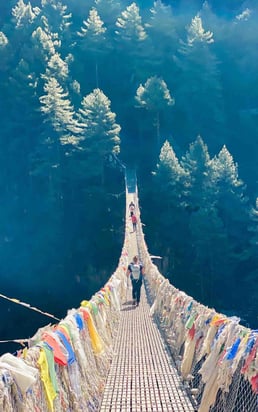

We were only able to complete one of the three planned passes: Cho La Pass (5,420 m). According to my guide, the ascent of Kongma La Pass (5,535 m) would have required approximately two extra days of trekking with increased difficulty, without a guaranteed added value. As for the last pass, Renjo La (5,465 m), we had to forgo it due to time constraints. With our return flights scheduled from Kathmandu, we preferred to keep a buffer of one or two days in case weather conditions affected our departure plans.
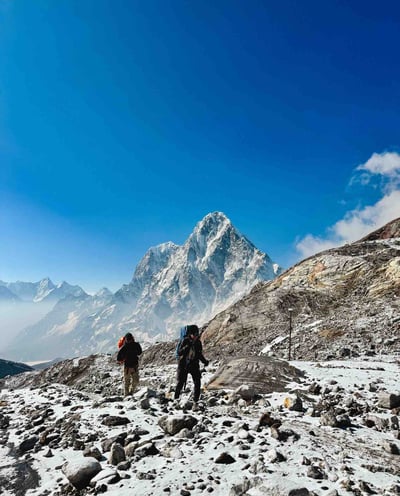

How Much Does It Cost?
The cost of the Three Passes Trek depends on several factors, including whether you hire a guide, your choice of transportation, and the duration of your journey. With a guide, the estimated budget ranges between €1,100 and €1,500.
Breakdown of costs:
Transport: Around $400 USD if flying to Lukla, or approximately €100 round trip by road.
Trekking Permits: Around €30.
National Park Entry Fees: About €15.
Food & Lodging: Approximately €35 per day, totaling around €560 for a 16-day trek.
Guide or Porter: A guide costs around €25 per day, and a porter around €22 per day. In my case, it was about €400 for a 16-day trek with a guide.
Gear Rental (Sleeping bag, trekking poles, crampons): Around €20 for the entire trek.
Trekking Equipment Purchase: I bought most of my gear locally for approximately €200.
Practical Tips for the Trek
Costs: The higher you go, the more expensive things get. Charging electronic devices can cost up to €10, and while hot showers are rare, some lodges offer them for an extra fee.
Health & Safety: Take all necessary precautions in the mountains. Always carry altitude sickness medication like Diamox and stay properly hydrated. Travel insurance is a must, as evacuation is only possible by helicopter and can be very costly. Check your policy carefully, as some insurances don’t cover high-altitude trekking.
Packing & Weight: Traveling light is crucial, even though carrying enough gear for the cold and altitude can be challenging. Only take essentials—no need for a clean shirt every day. My backpack weighed 14 kg, and that was more than enough.
Shipping Gear Back to Your Country?
After Nepal and before heading to Australia, I decided to lighten my load by sending some items back to France. I used On Time Cargo & Courrier, a simple and efficient service. My 8 kg package cost around €80 and arrived in perfect condition three weeks later. The owner was helpful and responsive, making it an ideal option if you don’t want to part with your gear but can’t carry it home yourself.
Manon - Trip Completed in March 2024
Getting to Lukla: the Gateway to Everest
Lukla is the starting point of the trek, and there are two main ways to reach it:
By Flight (Fast but Weather-Dependent)
Flights from Kathmandu to Lukla cost around $200 but are often delayed or canceled due to unpredictable weather conditions. It’s also worth noting that Lukla Airport is considered one of the most dangerous in the world, due to its short runway perched on the edge of a mountain.
An alternative is flying from Ramechhap instead, which requires a 4-hour jeep ride from Kathmandu(around $20) followed by a flight costing $170.
By Road (Longer but More Reliable). After our flight got cancelled multiple times, we eventually opted for this option.
Take a jeep to Phaplu and stay overnight.
Continue to Puyia the next day before reaching Lukla on foot.
This journey takes around 15 hours but offers a deeper glimpse into Nepal’s rural landscapes.
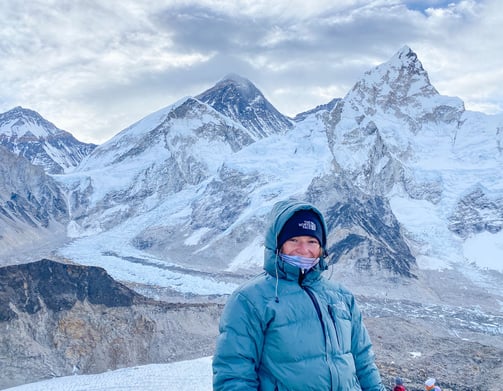

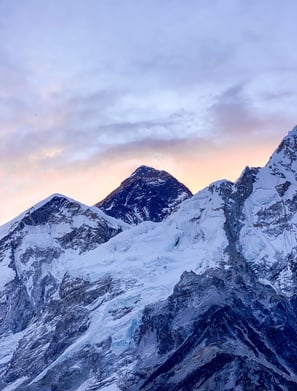

Conclusion
The Three Passes Trek is more than just a hike—it’s a physically and mentally demanding challenge that tests endurance and determination. Daily hikes range from 3 to 8 hours and require good fitness, but every effort is worth it.
If you're athletic and drawn to the Everest region, go for it—you’ll come back transformed. For me, this trek was one of the most unforgettable adventures of my life. Between the breathtaking landscapes, the incredible encounters, and the satisfaction of pushing my limits, every moment was rewarding. Watching the sunrise from Kala Patthar (5,643m) and climbing Gokyo Ri (5,357m) are memories I will cherish forever.
A journey out of time, leaving only one desire once it's over: to go back!
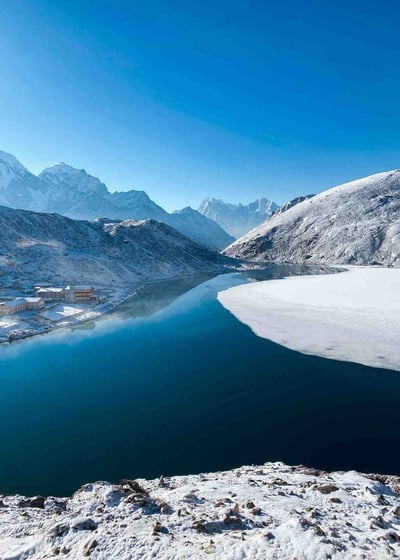

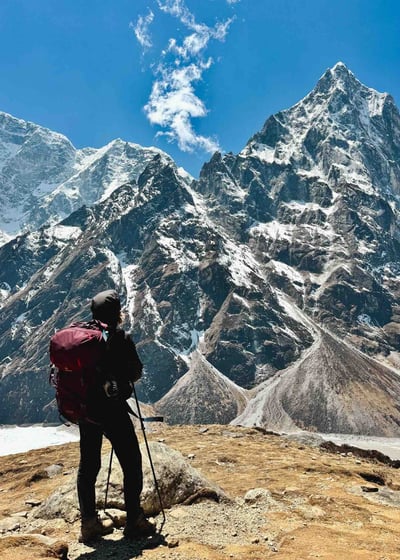

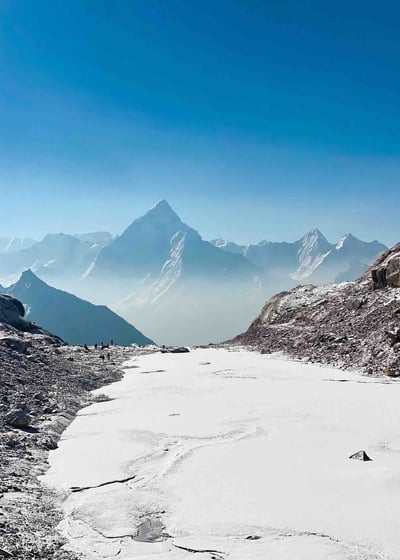

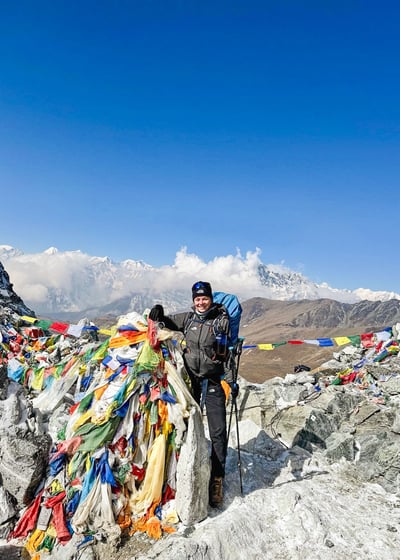

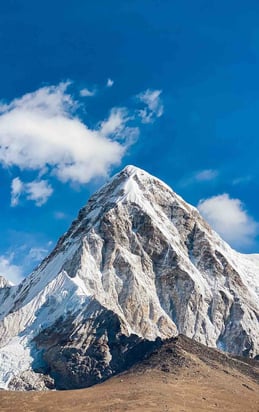

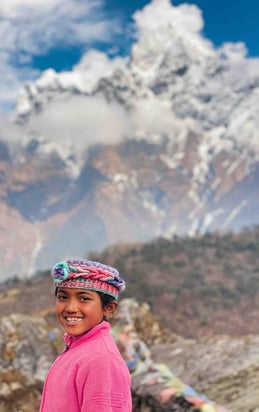

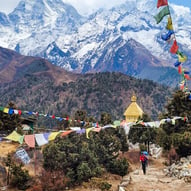
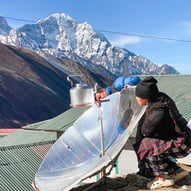
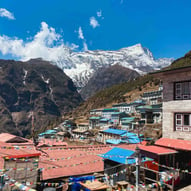
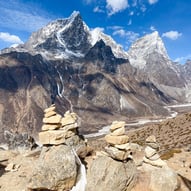
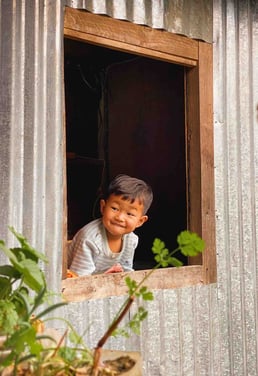


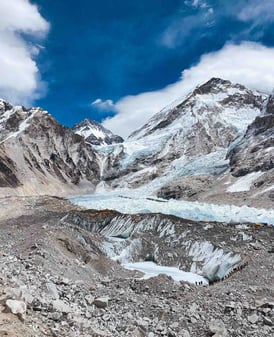
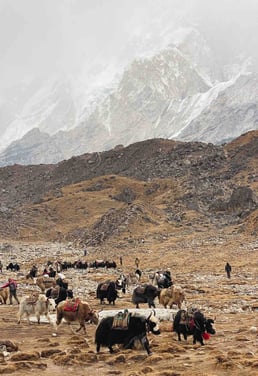


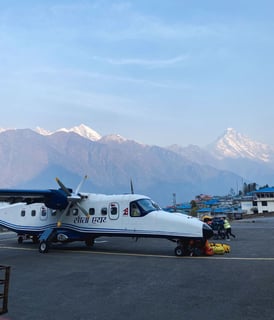
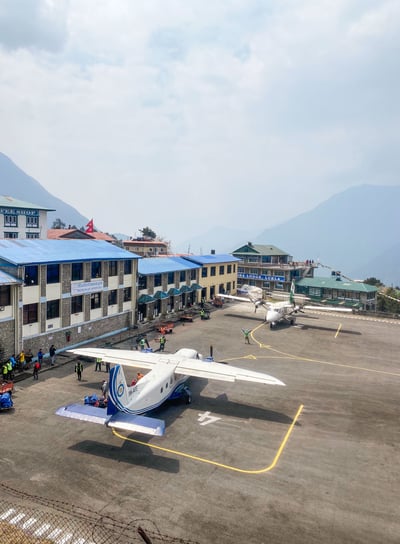



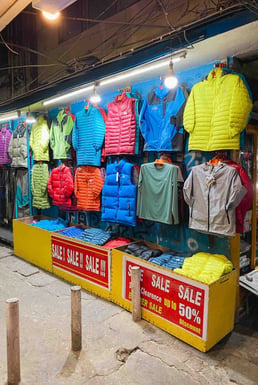


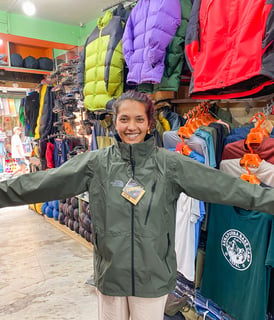
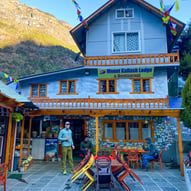
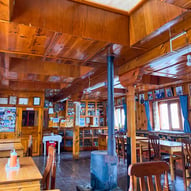
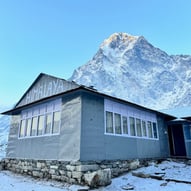
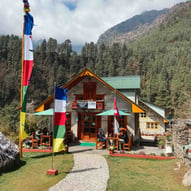
Where to Stay During the Trek?
Throughout the Three Passes Trek, you'll find lodges, also known as tea houses, in every village. These accommodations are simple yet cozy, offering private or shared rooms along with a heated common area. They also serve a varied menu with hot meals—perfect for recharging after a long day of hiking. Some lodges offer showers (often cold or with an extra charge for hot water) and device charging—though this service usually comes at a cost at higher altitudes.
Honestly, I was pleasantly surprised by the comfort and warm hospitality of these lodges—far beyond what I expected for a high-altitude trek.
